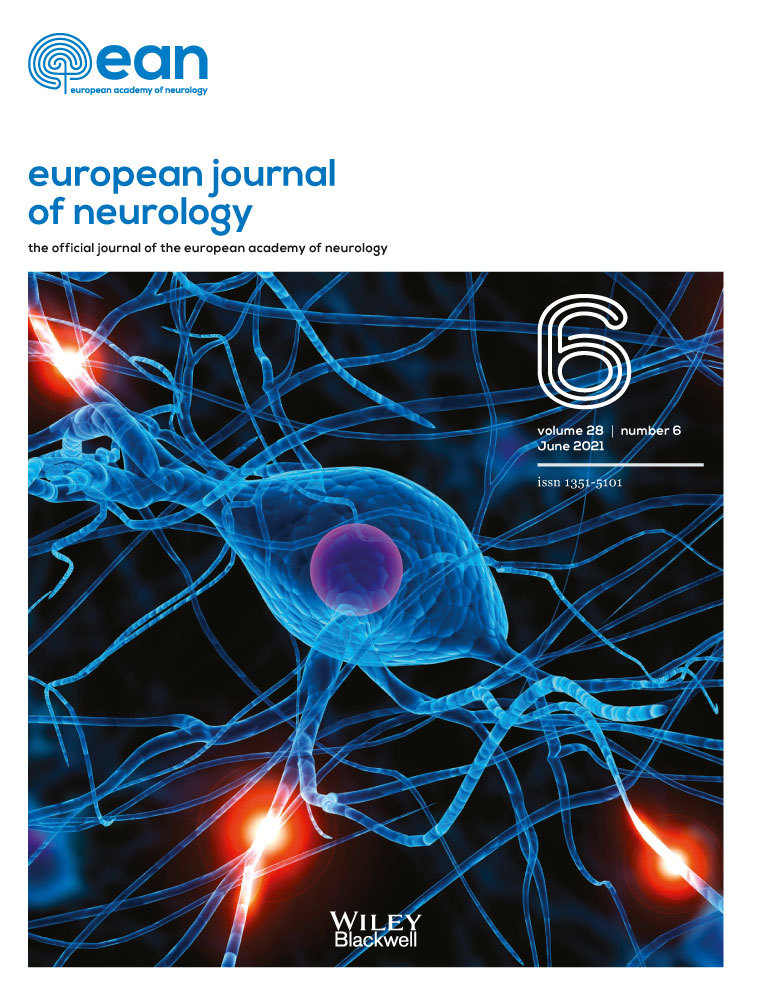Predictors of perfusion computed tomography alterations in stroke mimics attended as stroke code
Abstract
Background and purpose
Stroke mimics (SMs) account for a significant number of patients attended as stroke code (SC) with an increasing number over the years. Recent studies show perfusion computed tomography (PCT) alterations in some SMs, especially in seizures. The objective of our study was to evaluate the clinical characteristics and PCT alterations in SMs attended as SC in order to identify potential predictors of PCT alterations in SMs.
Methods
A retrospective study was performed including all SC activations undergoing a multimodal CT study including non-enhanced computed tomography (CT), CT angiography and PCT, as part of our SC protocol, over 39 months. Patients with a final diagnosis of SM after complete diagnosis work-up were therefore selected. Clinical variables, diagnosis, PCT alteration patterns and type of map affected (Tmax or time to peak, cerebral blood flow and cerebral blood volume) were registered.
Results
Stroke mimics represent up to 16% (284/1761) of SCs with a complete multimodal study according to our series. Amongst SMs, 26% (74/284) showed PCT alterations. PCT abnormalities are more prevalent in seizures and status epilepticus and the main pattern is alteration of the time to peak map, of unilateral hemispheric distribution or of non-vascular territory. In our series, the independent predictors of alteration in PCT in SMs are aphasia, female sex and older age.
Conclusions
Perfusion computed tomography alterations can be found amongst almost a third of SMs attended as SC, especially older women presenting with aphasia with a final diagnosis of epileptic seizures and status epilepticus.
CONFLICT OF INTERESTS
The authors declare no financial or other conflicts of interest. This work was partially presented as a poster presentation at the 2019 AAN annual meeting receiving the international scholarship award. All authors have seen and approved the submission of this paper.
Open Research
DATA AVAILABILITY STATEMENT
The data that support the findings of this study are available on request from the corresponding author. The data are not publicly available due to restrictions since they may contain information that could compromise the privacy of research participants.




